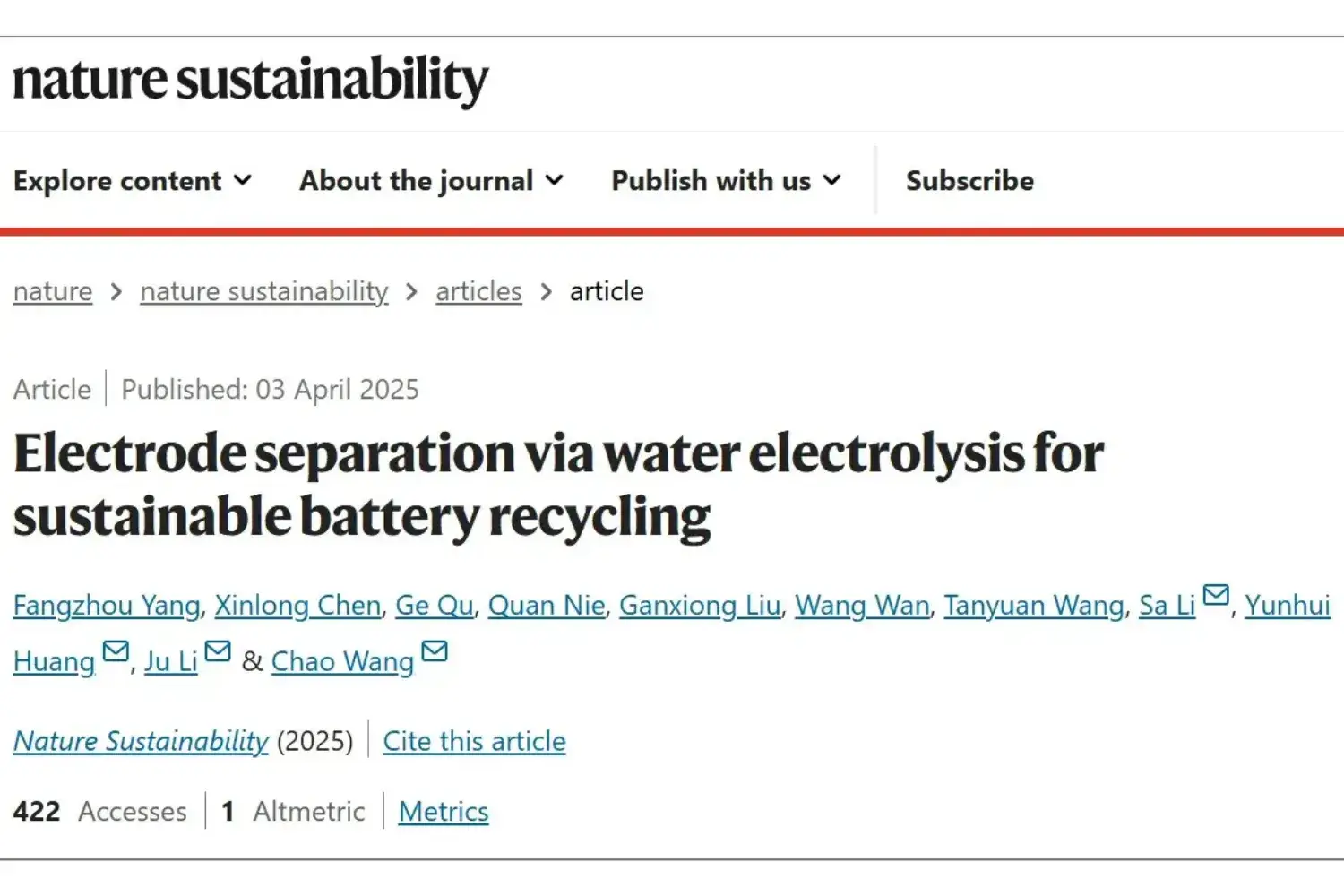
A New Solution Makes The Battery Recycling Rate Greater Than 99.5%
1. Research Background In recent years, with the rapid expansion of the new energy vehicle market powered by lithium-ion batteries (LIBs), the number of retired LIBs is expected t…


1. Research Background In recent years, with the rapid expansion of the new energy vehicle market powered by lithium-ion batteries (LIBs), the number of retired LIBs is expected t…
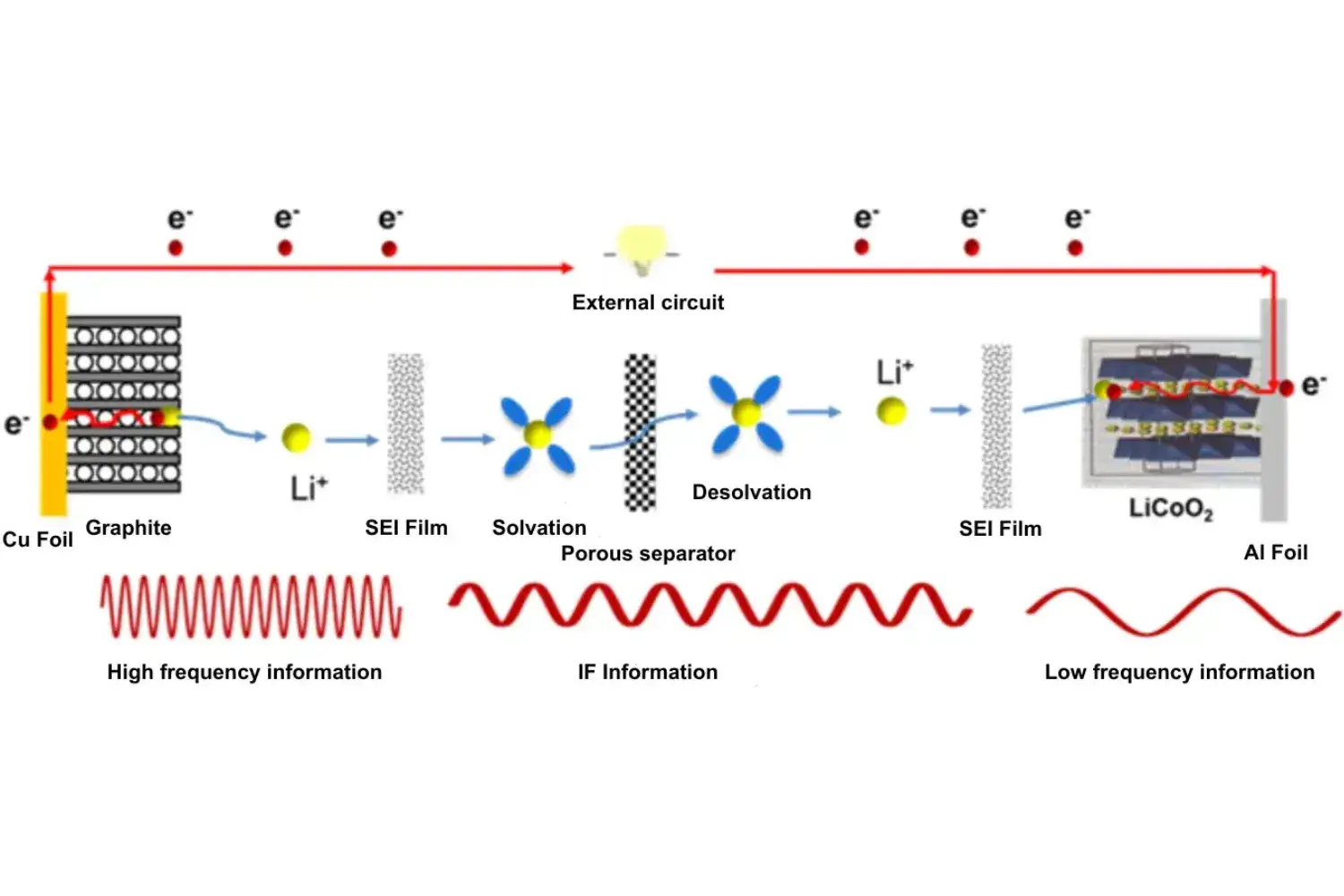
1. Background: The Critical Role of EIS Diagnostic Test in Battery Failure Analysis In investigations of energy storage station explosions or electric vehicle fires, “batter…
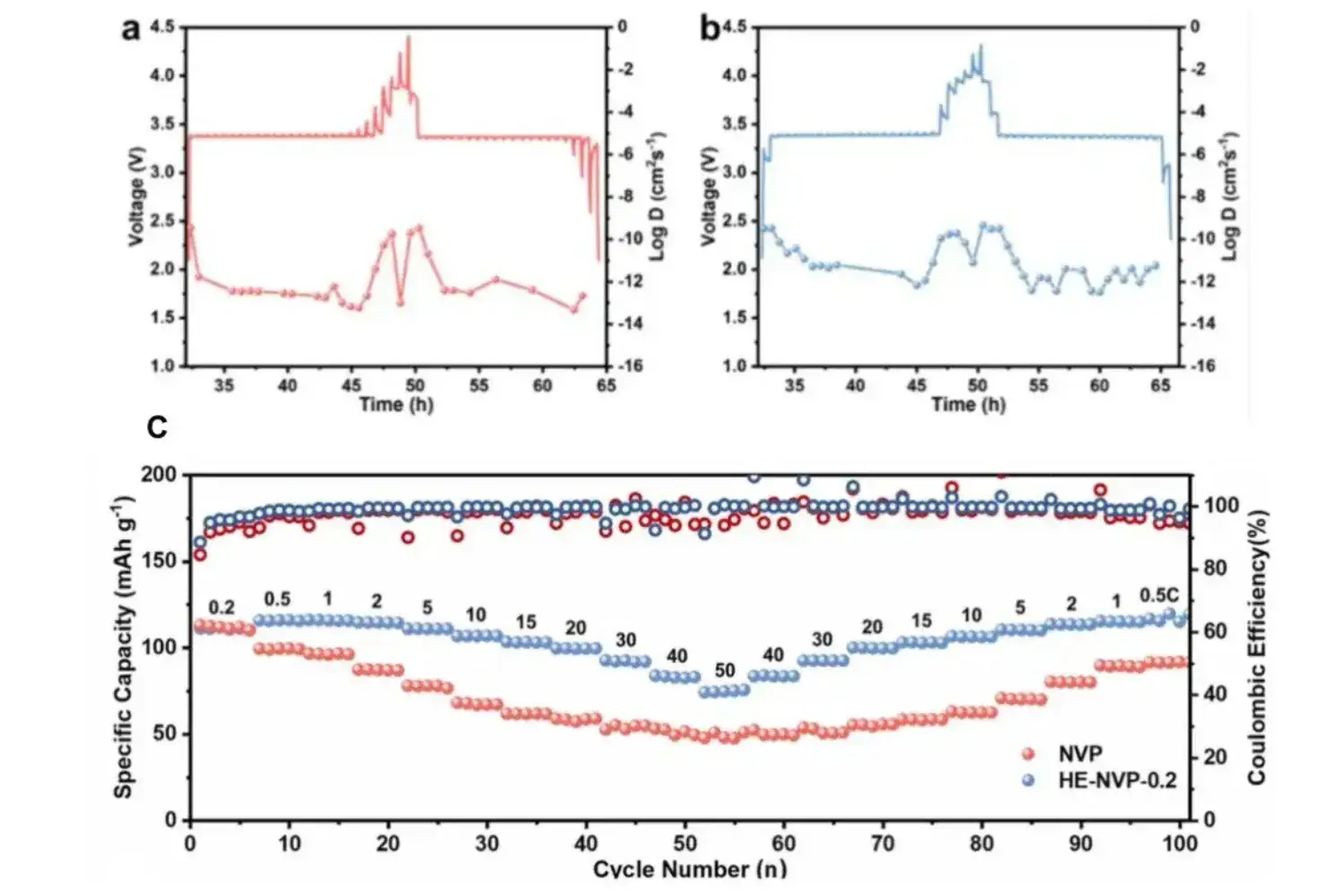
1. Preface The Galvanostatic Intermittent Titration Technique (GITT) is a widely used electrochemical measurement method to evaluate the lithium-ion diffusion coefficient in batte…
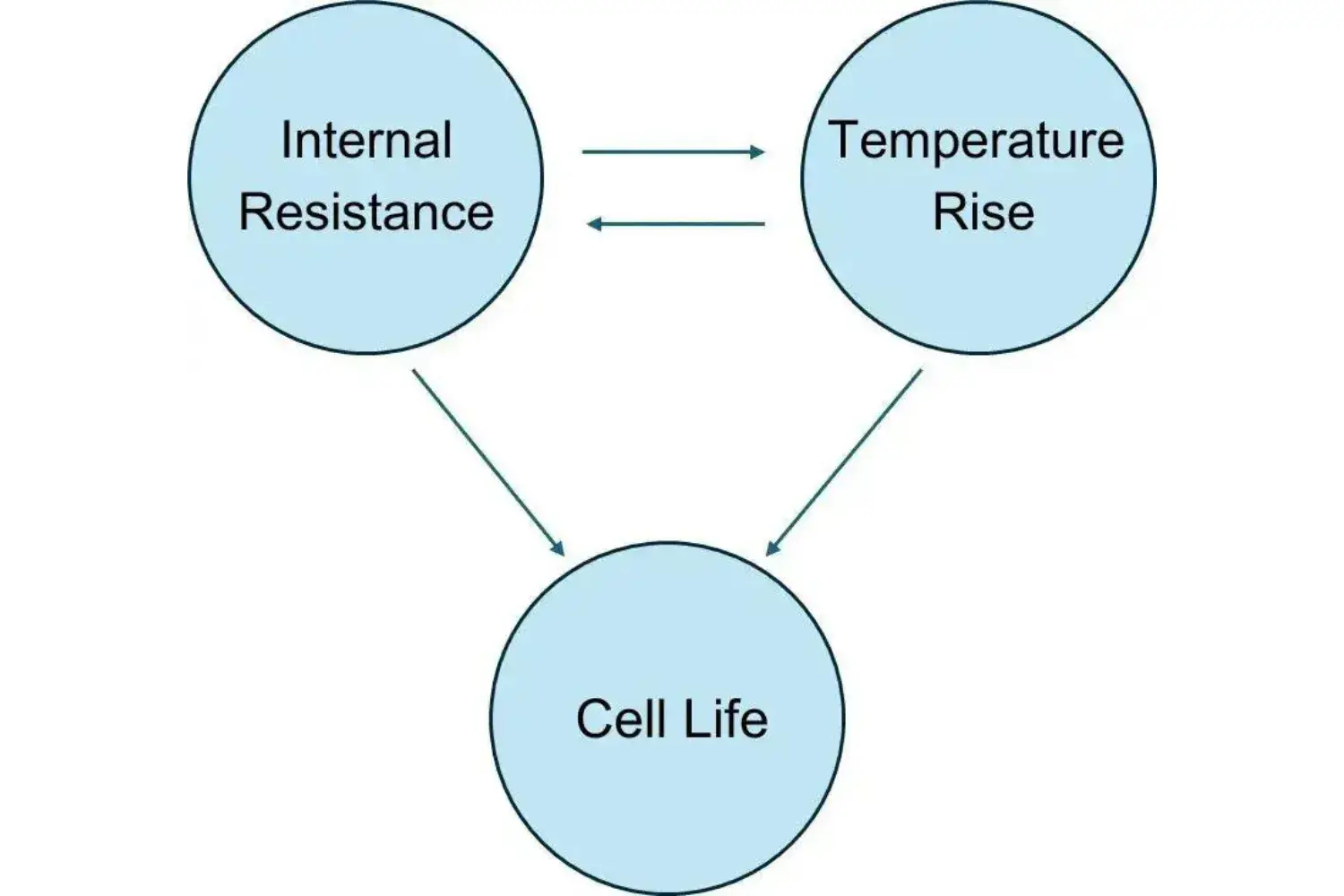
Battery cell consistency is one of the difficulties that the major battery cell manufacturing companies are focusing on. In the manufacturing process of battery cells, due to fluc…
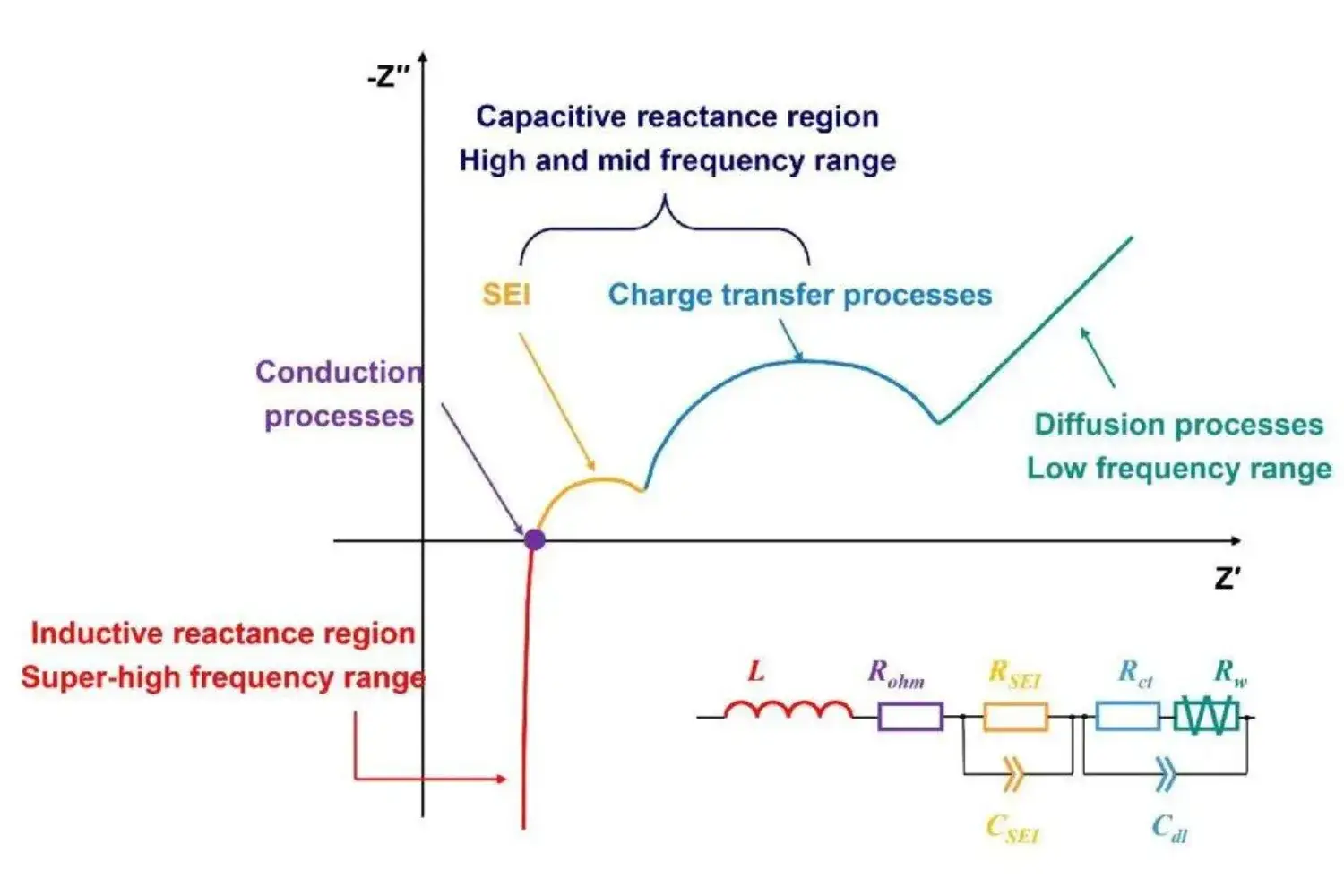
1. Introduction — Why Consistency Screening Matters In electric vehicles and energy storage systems, lithium-ion batteries are connected in series and parallel to form modules and…

1. Preface Electrochemical measurement methods, which assess electrical quantities such as potential, conductivity, and current, explore the relationship between these measurement…

1. Preface In the field of electrochemistry, battery testing equipment is a key tool for researching and developing new battery technologies, especially for emerging battery techn…
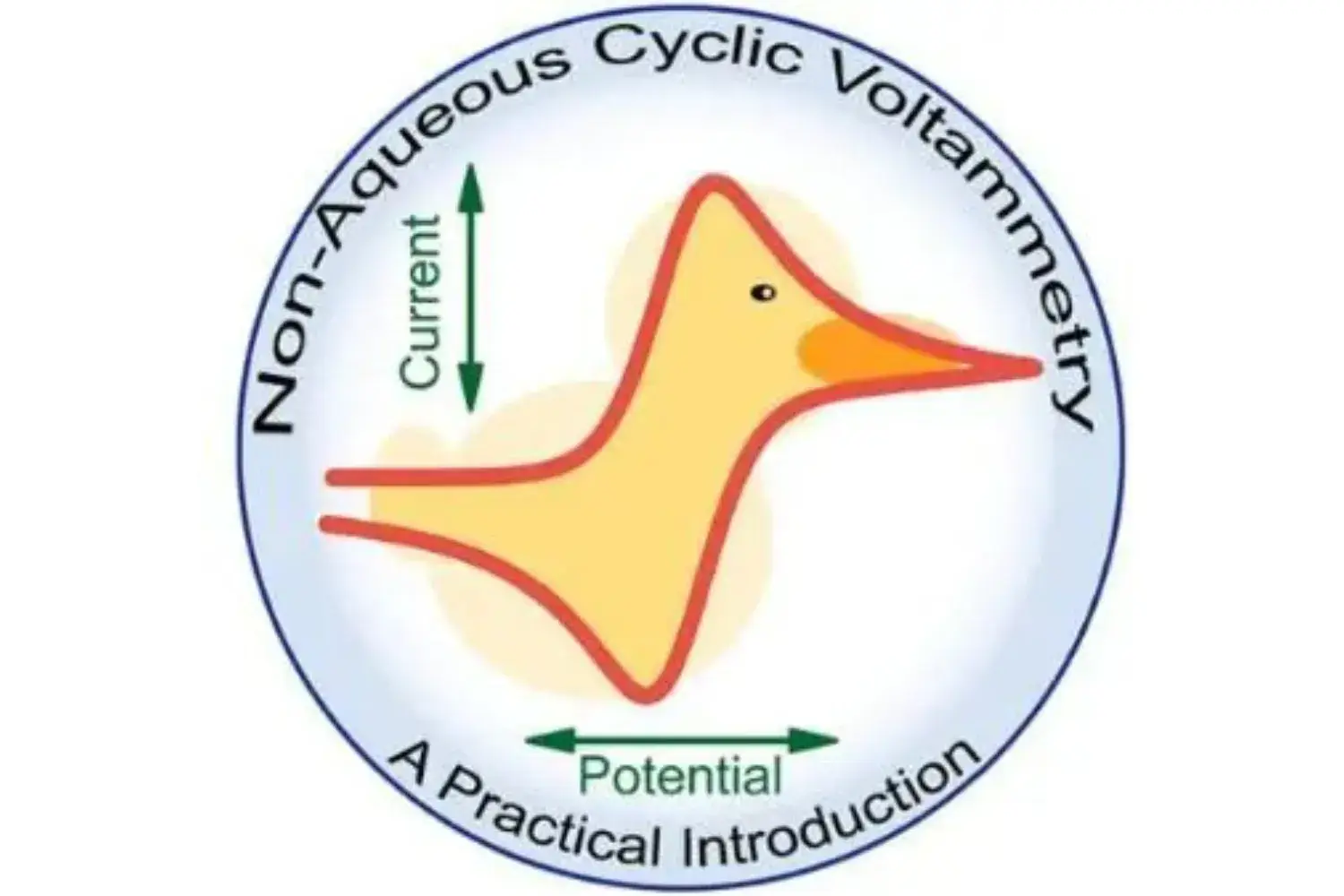
1. What is Cyclic Voltammetry? Cyclic voltammetry (CV) is a cornerstone electrochemical technique that plots current versus applied potential while the electrode potential is swep…

1. Background As lithium batteries are gradually being applied in various aspects of life, the demands placed on them by people are increasing, such as longer lithium ion battery …